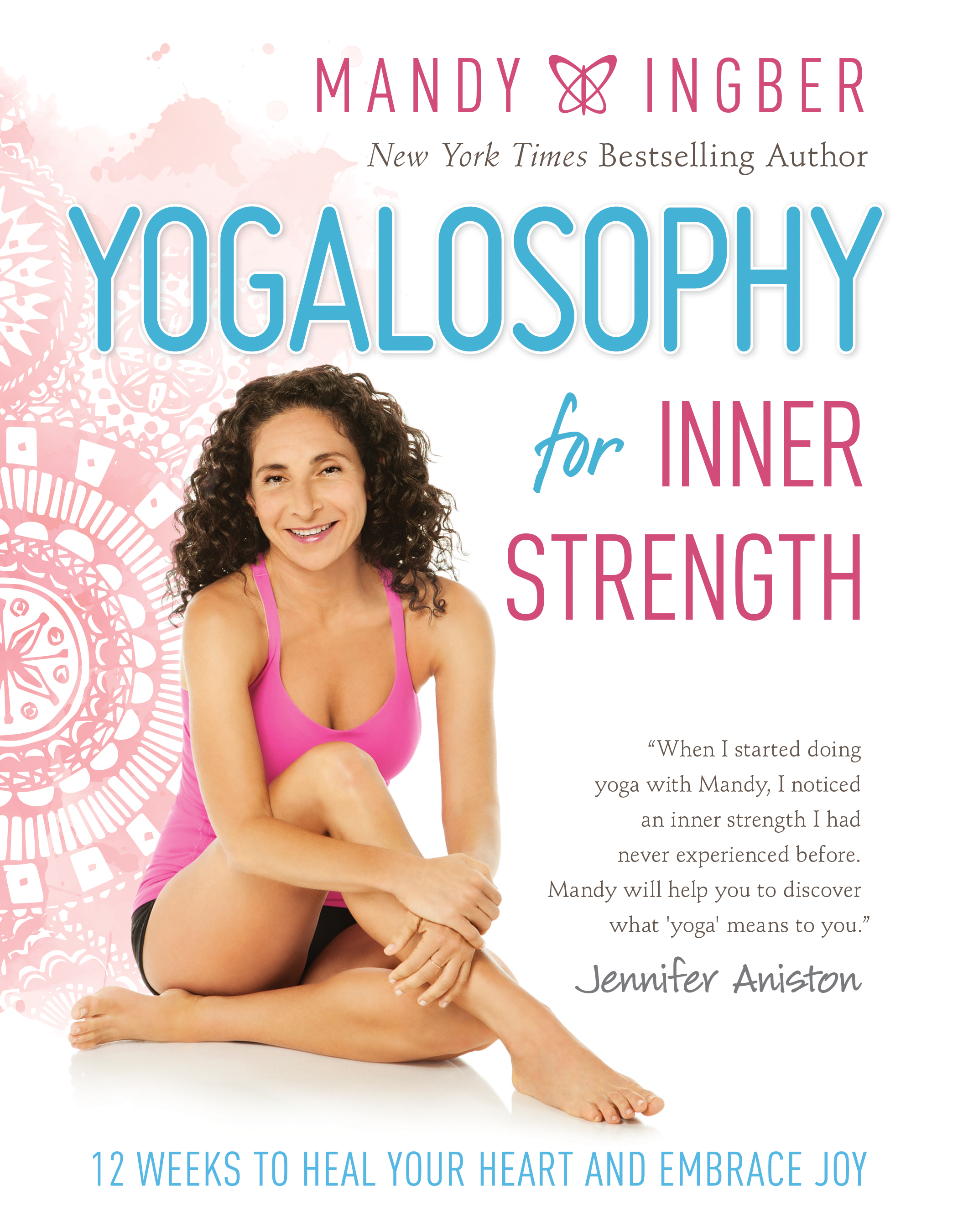Promotion
Use code MOM24 for 20% off site wide + free shipping over $45
Yogalosophy for Inner Strength
12 Weeks to Heal Your Heart and Embrace Joy
Contributors
By Mandy Ingber
Formats and Prices
Price
$12.99Price
$16.99 CADFormat
Format:
- ebook $12.99 $16.99 CAD
- Trade Paperback $24.00 $30.99 CAD
This item is a preorder. Your payment method will be charged immediately, and the product is expected to ship on or around April 26, 2016. This date is subject to change due to shipping delays beyond our control.
Also available from:
"Heartbreak is a universal experience, and self-compassion is vital to healing. In this moment of truth lies the opportunity to find action-oriented ways to love yourself.”
Building on the concepts in her New York Times bestselling book Yogalosophy, Mandy Ingber, fitness and wellness instructor to the stars, now gives us Yogalosophy for Inner Strength—a revolutionary and inspiring self-care program to uplift and strengthen the alignment of mind, body, heart, and spirit during times of adversity like loss, transition, grief, or heartbreak. Yogalosophy for Inner Strength is a twelve-week wellness program, which includes five exercise routines for strength, happiness, and cardiovascular health, as well as meditations, recipes, playlists, and rituals designed to support the healing of the heart and build lasting resilience. In Yogalosophy for Inner Strength, Ingber incorporates anecdotes from her personal journey through loss and trying times, and stories from experts within her inner circle of friends.
Whether you’re experiencing crisis or simply feeling adrift, Yogalosophy for Inner Strength will help guide and carry you through your transition by providing a path to emotional strength, inner balance, and ultimately, to a greater capacity for true joy.
Genre:
- On Sale
- Apr 26, 2016
- Page Count
- 224 pages
- Publisher
- Seal Press
- ISBN-13
- 9781580055949
Newsletter Signup
By clicking ‘Sign Up,’ I acknowledge that I have read and agree to Hachette Book Group’s Privacy Policy and Terms of Use






